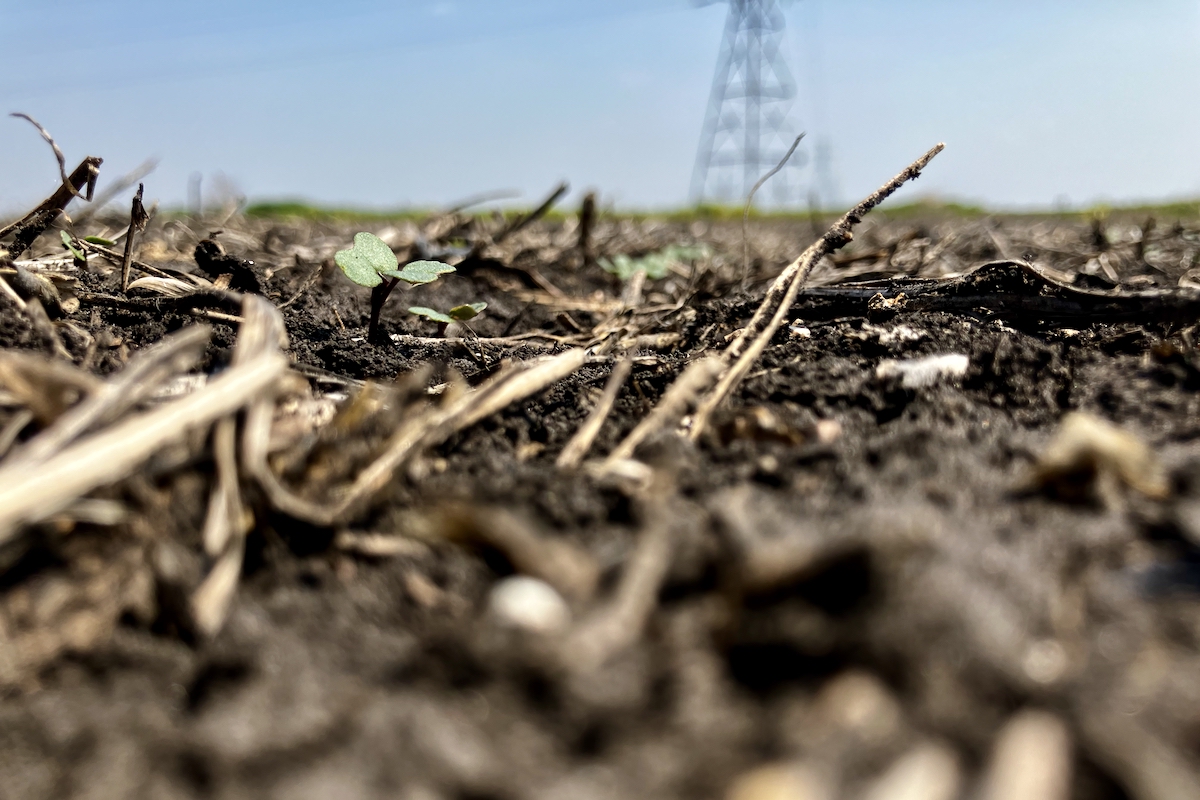SOUTHWEST
Crops continue to improve as a result of mild and drier weather, but long-term yields are expected to be average.
Precipitation was five to 15 millimetres, while temperatures were at ideal levels for crop development.
The drier, less humid conditions are helping keep disease levels for most crops at low to moderate levels.
There’s evidence of fusarium head blight in winter wheat, root rot in field peas and brown girdling root rot in canola caused by excess moisture early in the season. Spraying for sclerotinia stem rot in canola has declined.
Read Also

Crop input costs to rise in 2026: FCC
Crop input costs are expected to rise in 2026, while crop prices are expected to come down, according to Farm Credit Canada’s analysis.
Wheat midge is on the increase, but concern is decreasing because many wheat fields are now flowering.
Soybeans are flowering and in the R1 to R4 stage. Corn growth varies because of excess moisture.
Forage crops are yielding average to above average, while quality varies from above average to below average. Native hay pastures remain in good condition.
NORTHWEST
Crops are improving thanks to warmer and drier conditions but are about two weeks behind normal development for this time of year. Rainfall amounts varied from trace to more than 76 mm.
Most cereal crops are in the heading and flowering stage with the rest in the milk stage. Almost all canola is flowering. More than half of all soybeans are flowering. Three-quarters of field peas have podded.
Fungicide applications are mostly done.
Wild oats can be seen in some cereal crops.
Insect pressure remains low.
Many fields have wet spots, but haying operations have progressed well. Yields are average to above average with average quality.
CENTRAL
Crops are looking good, other than in areas with excess moisture. Rain was generally welcomed and varied from 10 to 50 mm. Days were sunny and warm, but low overnight temperatures slowed crop growth.
Irrigation has begun on potatoes, and cereals are fully headed. Canola is from full flower to full pod, while most soybeans are flowering. Edible beans are showing iron chlorosis in areas of excess moisture. Corn growth varies but is improving.
Wild oats can be seen in many cereal crops. Green and yellow foxtail and barnyard grass are evident, as is volunteer canola.
Fungicide applications are nearly complete for cereals with reports of more acres treated, but many later seeded canola fields did not require fungicide treatment. Spraying for white mold in dry beans continues in some fields. Sunflowers will begin receiving fungicide applications for head rot.
Some fusarium head blight is evident in spring wheat. Blasting and wild oats have been found in all oat varieties. Blackleg lesions are on leaves in many canola fields. Brown girdling root rot and other root rots are reported in some fields. Some bacterial blight is evident in soybeans and edible bean fields.
Insect activity remains low for most fields and crops.
Tame forage yields are average to above average. Good yields are expected with alfalfa silage.
EASTERN
Crops, particularly soybeans, are responding well to warmer and drier conditions. Rainfall was three to 35 mm. Standing water is quickly dissipating.
Desiccation of advanced winter wheat crops has begun. Some fungicides were applied on later seeded canola and cereals, and applications have continued for soybeans. Soybeans have also received final applications of glyph sate.
There are reports of grasshopper flare-ups with producers spraying. Scouting for insect populations are ongoing but generally have not warranted insecticide applications.
Three-quarters of the hay crop has been harvested. Cattle are thriving with good pasture conditions.
INTERLAKE
Warmer and drier conditions have helped crop development, but crops vary from very poor to good. Less than average yields in certain areas are expected.
Rainfall amounts were three to 10 mm.
Winter wheat will soon be desiccated, and most spring cereals have headed and flowered. Sunflowers have started flowering and corn is tasseling. Soybeans are flowering with pods starting to form. Forage grass seed will soon be ready for swathing. Some earlier grasses have already been cut.
Haying operations are in full swing. Yields and quality are good with yields reaching 2.5 tons per acre.














